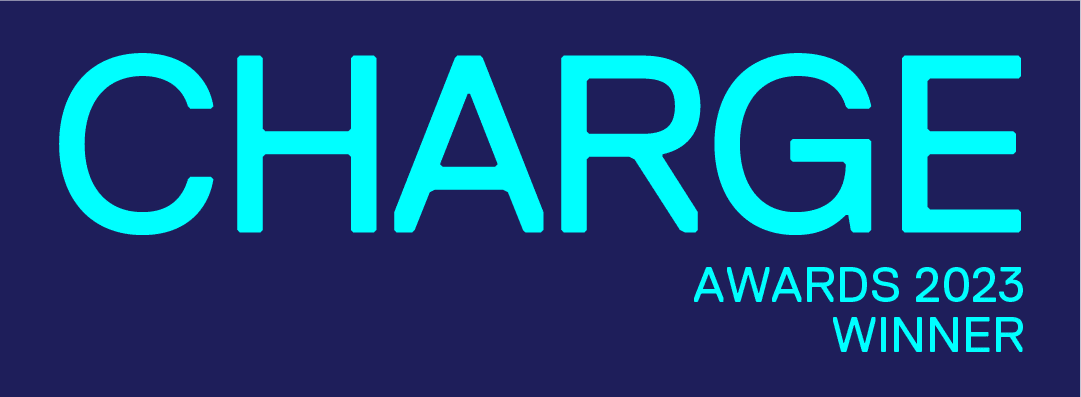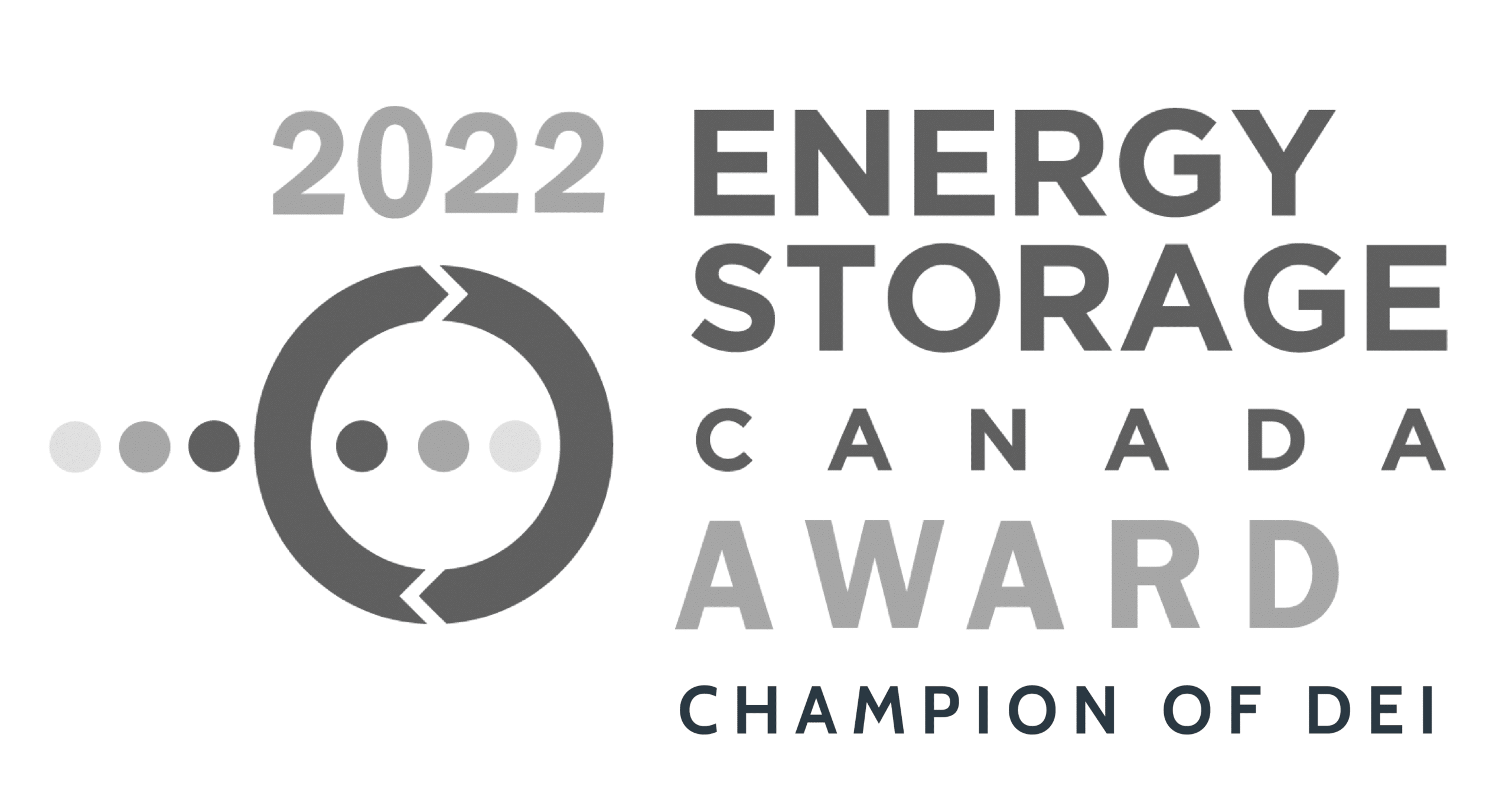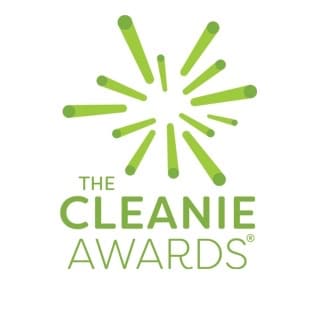
This interview was conducted by Shraddha Mishra, Peak Power’s VP, Legal Affairs. Shraddha held a one-on-one conversation with our new board member, Katherine Hamilton.
Katherine Hamilton, Chair of 38 North Solutions and three-time honouree among Washington D.C.’s 500 Most Influential People, is a distinguished international policy expert and clean energy advocate. With executive roles in clean power and electrification, she has led World Economic Forum councils and served as President of the GridWise Alliance. Katherine, a graduate from Cornell and the Sorbonne, was recognized on the #Solar100 board. A recipient of the Cleanie Award, she continues to drive innovation in the energy sector.
Battery and storage solutions are a critical part of the clean energy economy. What novel and additional advancements in U.S. and Canadian policies can be developed to support these technologies further?
What many people probably don’t know about me is that I have been working with storage technology since the late 1980s, for my entire career. In my first real job, at a utility, we were encouraging customers to install ice [thermal] storage to reduce demand because we couldn’t build out our feeder lines fast enough and these systems could mitigate demand on our grid. In 2009, the first energy storage investment tax credit was introduced in the U.S. Congress. That credit was introduced at a time when many of these technologies were still essentially science projects. Few of the projects were commercially ready at that time. After years of working on it, with the passage of the Inflation Reduction Act (IRA) in 2022, we finally got the investment tax credit for battery storage over the finish line. The 30% credit is for ten years, which is game-changing and provides the industry long term certainty.
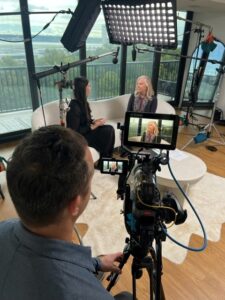
Other adjacent credits help energy storage, solar, and other renewables. One of those is the Microgrid Tax Credit that is in place now and which needs renewal given its expiration at the end of 2024. Another credit that I worked on in the IRA was the Interconnection Credit which drives down the cost of interconnection with the utility, often making the difference between a project pencilling out financially.
A lot of funding is available for other programs in the U.S. The Infrastructure Investment and Jobs Act (IIJA) was passed just a few months before the IRA and appropriated billions of dollars for infrastructure of all kinds including smart grid and other grid technologies such as energy storage. There are energy storage grant programs at the U.S. Department of Energy. Continuing to deploy those dollars will help projects in the U.S., and potentially in Canada. Our electric systems interface, creating opportunities to cross-fertilize.
As much as IRA supported clean energy of all types, one crucial policy that did not get into the IRA was the Transmission Investment Tax Credit. No matter where it is stored, we need to move power . While transmission is highly capital-intensive, it will be essential for accessing the benefits of energy storage and other clean resources.
Another piece that fell out of the IRA was a Clean Energy Standard. This policy would require utilities to have a certain percentage of clean electricity on their system. While this policy did not make it into the IRA, it is modelled after a lot of state goals — the 28 states and District of Columbia that have a renewable portfolio standard and the eleven more with a clean energy standard. Whether or not we can address this at the federal level, those state initiatives are crucial in creating markets for clean energy, including energy storage.
Wholesale markets which are governed by the Federal Energy Regulatory Commission (FERC) are another way in which distributed resources can provide services. Markets that compensate technologies for all of the benefits they provide to the grid would be momentous. These benefits could include reduced cost, resilience, and greenhouse gas reduction – potentially a whole host of different attributes and capabilities that facilities could offer to the grid. FERC Order 2222 in the U.S. was designed to allow distributed energy resources to participate fully in the wholesale market, although implementation remains a work in progress.
Virtual power plants, another piece of the picture, can be deployed at the state level.
Utilities have to be part of the equation in any VPP. The ecosystem should enable these aggregated resources to thrive without being seen as threats but rather as enhancements for utilities and the grid at large.
I think it is important to think about the next big thing as we consider the diversity of distributed energy resources. How can these resources be aggregated differently, with an exponential ability to provide services to the grid and customers?
You wrote a piece for the World Economic Forum noting that as the United States moves toward a new energy economy, fossil fuel industry workers (who faced the hardest impacts of dying industries) should not be left behind. You indicated these workers should be given opportunities in new markets and that they have jobs to go to. To what extent do those workers transfer to these growing and emerging industries and markets?
A lot has happened in those six years. This is important to me; my family is from Virginia, including Appalachia where in some areas coal was the resource around which communities were organized. The industrial age was built on the shoulders of these workers, and we must honor them and give them credit for having that role. But what do we do when the resource is no longer needed or wanted because of its harm to our planet? There are some ways in which we can transfer workers immediately. Ninety percent of the workforce for geothermal development comes from the oil and gas industry because there is almost no retraining involved.

This is not true with batteries and other renewable resources; there are specific skills that will need to be built up. The good news is that, thanks to the IRA and IIJA, factories are starting to be sited in communities that need jobs and training. Many of these companies are looking for partners to build their workforce, whether those are community colleges, universities, or military bases.
Crucially, however, we should not make the mistake of telling these communities what to do; they should be empowered to determine their own futures. Rather than announcing, “We are going to bring you a lot of solar jobs. Why don’t you become a solar installer?” we need people on the ground who are part of the community deciding, “What do we want our lives and those of our children to look like? What do we want our community to mean and to be?” That can look like clean energy or could be in culture or in agriculture; there are many roads that do not include fossil fuel dependence. Then we can ask ourselves how we can use the resources in the IRA and IIJA to support those pathways.
There is a duality here. On one hand, companies are coming into communities to create jobs. On the other hand, communities are trying to chart their own course as to how they want to grow over generations.
Both paths can help bridge the divide deepening in the United States between those communities, the workforce, and how the energy transition is realized.
One of the companies I have invested in is a West Virginia solar company that has been intentional in creating a workforce in their own state. The leadership has focused on ensuring that people feel they are part of the process, even encouraging them to join unions to ensure they are not lost to competitors like the utility or other companies. This approach is providing fair wages to the employees while retaining that expertise in a company that directly impacts the local economy.
Under the Inflation Reduction Act, developers building in underserved communities can benefit from up to 70% tax credit. To what extent are you seeing developers plan and develop projects in these communities, and do the policies influence the intended change?
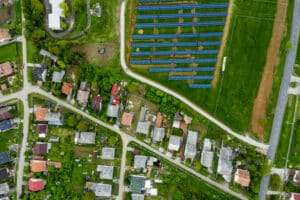
Where projects are sited also impacts the amount of credits available. Locations in “energy communities” – those that are in coal mining or coal plant areas — receive additional credits, encouraging projects in communities that have not been organized around clean energy but whose economic growth could now benefit from those projects.
What influenced you to join Peak Power’s Board of directors? We are so glad to have you, and we want to hear a bit about your motivations and interests.
I am so honored to be on the board! First, I am very mission- and cause-driven and have been that way for my entire career. While my own company is a for-profit business, we only work with companies and entrepreneurs that are clean energy or climate focused. From the start we found that we could be mission-based and still do well financially. I have come to appreciate that it makes good economic sense to work on climate solutions. This is one way that I gauge a company’s value.
Peak Power is mission-driven,
a company with the same philosophy as mine.
The second question I asked myself was about the soundness of the company. I had heard about Peak Power, of course, but wanted third-party confirmation. Jigar Shah [Director of the Department of Energy Loan Programs Office, Washington, D.C.], among others, provided further validation.
Meeting everyone from Peak Power and spending time with Derek Lim Soo (CEO of Peak Power) really hooked me. I realized that being part of the company I could have a stake in Peak Power’s success and wanted to support that goal. I have not said yes to a lot of requests to be on boards, but I felt confident and proud to say yes to Peak Power.
You have been named one of Washington, D.C.’s 500 most influential people; you are connected to decision-makers around the globe. You hold degrees from Cornell University and the Sorbonne. You have influenced policy and changed it on national and international levels. As you look ahead, what would you like your impact to be on clean energy and Peak Power?
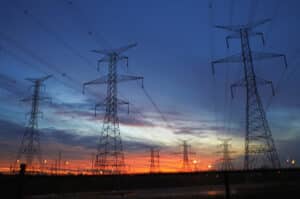
While I was at NREL, a colleague approached me about moving over to work on policy for the lab. I had no understanding of what policy even was but decided that it sounded interesting and I could perhaps learn another skill. It turns out that this was something I really enjoyed – translating technical concepts into a language people can understand. I have testified before the U.S. Congress many times because I can speak about complex energy topics in a way that often nontechnical policymakers can grasp. My approach has always been to first understand the technical aspects and business models of my clients. Only then am I able to chart a concrete policy course of action that will help them meet their technical and business goals.
With Peak Power, I am not developing policy solutions but am in an advisory role as a board member. I will be working to leverage the experience and knowledge that I have gained over the years as the company – and its amazing team – continues to grow and positively impact the planet for years to come. I look forward to being a cheerleader in this endeavour and doing whatever I can to assist!


